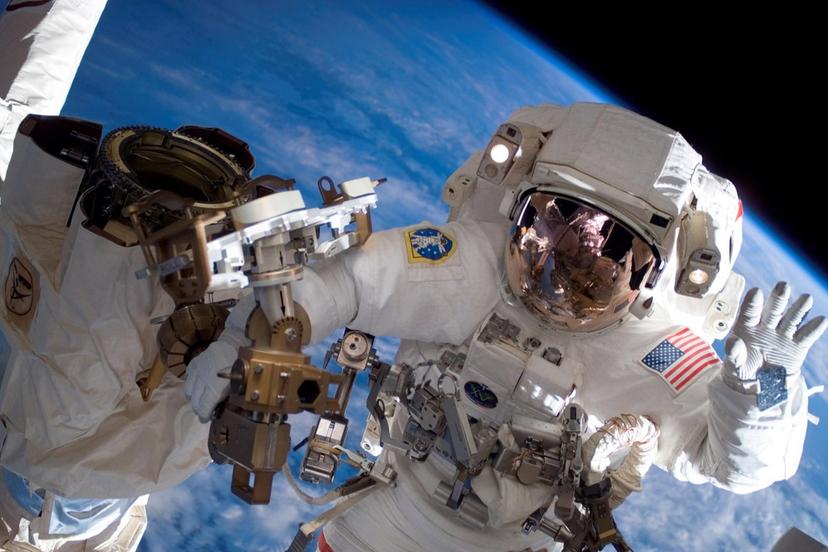Space Exploration

Structure
Space exploration draws on a wide variety of technologies, sciences, and industries. The exciting images of rockets blasting toward the heavens and astronauts walking through space present only part of the story—thousands of people here on Earth make those missions possible. Astronauts are the most high-profile employees of the U.S. space program, but many other professions contribute to space travel efforts, including engineers and scientists. In the past, a seven-day space shuttle mission was the culmination of months, possibly years of work by hundreds of professionals. Engineers, scientists, technicians, computer programmers, pilots, mechanics, graphic artists, and administrators are only some of the different professionals needed to run this industry, and many work for NASA, the major employer of space exploration professionals.
Aerospace careers specific to space exploration include those in the sciences such as physics and biology. Physics plays an important part in the development of new types of aircraft, weapons, and missiles; chemistry research provides new materials for use not only on Earth but also in space. Biologists explore the effects of speed, gravity, and space on the human body, and may also develop vaccines or medical treatments based on research conducted in space.
Engineers, technicians, and production workers play a major role in space exploration. They conduct studies of the atmosphere and space; improve the usefulness, performance, speed, safety, and efficiency of combat, aeronautical, and space vehicles; and develop and operate vehicles capable of carrying instruments, equipment, supplies, and living organisms through space and through the atmosphere. Aerospace engineers are highly trained scientists who develop, design, and oversee the assembly of all types of aircraft, including space shuttles, missiles, commercial planes, and military jets.
More specialized jobs include the following:
Applications engineers analyze the marketplace and help determine which products are needed.
Chemical engineers design the processes to produce the chemicals and other materials needed by the aerospace industry.
Control dynamics engineers use computers to design flight control systems and analyze their stability.
Materials engineers test and analyze various metals, ceramics, plastics, and other materials for the applicability to aerospace manufacture.
Navigation systems engineers are responsible for the development and testing of navigation, guidance, and control systems applied to aircraft and spacecraft.
Astronautical and aerospace technicians assist engineers in the design, construction, testing, operation, and maintenance of air and spacecraft. Such assistance includes preparing drawings, diagrams, blueprints, and scale models of the planned craft.
Astronauts are the pilots and crew of spacecraft. NASA recruits and trains these highly skilled and educated experts to perform a range of sophisticated tasks, such as flying the spacecraft, deploying satellites, and performing scientific experiments on animals, plants, and themselves in a gravity-free environment.
Astronomers study the universe and its celestial bodies by collecting and analyzing data obtained through observation and through information gathered via spacecraft and Earth satellites. Astrophysicists focus their investigations primarily on studying the physics of the universe. Both astronomers and astrophysicists may apply their findings to aerospace manufacturing and space research and flight.
